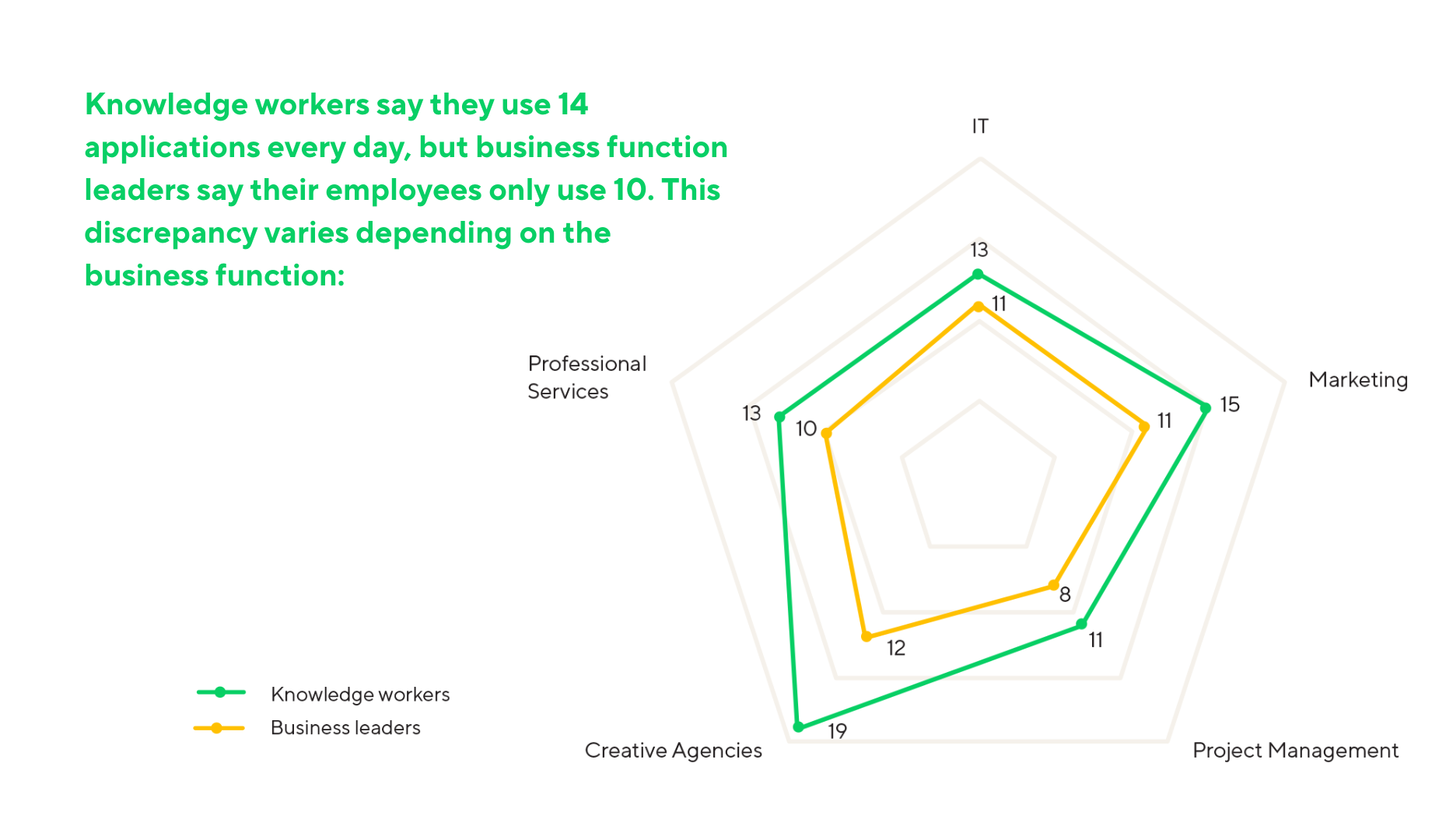Key takeaways:
- What is the Dark Matter of Work? It refers to unseen complexities in digital collaboration that complicate workflows and impair employee visibility and productivity.
- How has digital transformation impacted organizations? 91% of leaders report accelerated digital transformation due to the pandemic, increasing work complexities and communication challenges.
- What are common sentiments among knowledge workers? Many feel their visibility into work is low, with only 45% believing leaders grasp the complexities they face, contributing to stress and burnout.
- How can organizations combat these complexities? Establishing a single source of truth can alleviate stress, improve visibility, and recognize employee contributions effectively.
- What are the potential costs of ignoring Dark Matter? Unchecked complexities can lead to high turnover rates and costly loss of talent and resources within organizations.
It’s no surprise that major global events over the past few years have created a snowball effect within the workforce, from remote work to the Great Resignation to staggering inflation. If it’s not one thing, it’s another. Organizations were forced to change overnight, adopting new technologies to keep their teams running.
Speaking of running, employees were doing just that — bouncing from one job to the next, creating churn as we’ve never before seen. And now, organizations need to batten down the hatches as they brace for a possible recession. Efficiency is the name of the game, but how can teams remain efficient if they’re still struggling with the same work complexities that cropped up over the past few years?
The Wrike team surveyed 2,800 business leaders and knowledge workers to find out what the root causes of work complexities are, how much organizations — not to mention employees — are suffering as a result of these complexities, and what organizations can do to better prepare for a rough road ahead. And while the financial cost of work complexities is a key consideration here, the human cost is just as alarming.
Digital transformation isn’t perfect
As a result of the pandemic, 91% of business leaders said their digital transformation efforts massively accelerated. 77% said that without the work they put into digital transformation, their organization would not have survived.
While necessary to stay afloat, accelerated digital transformations have greatly increased the complexity and volume of our work. The rise of hybrid workplaces has necessitated multiple methods of communication — such as email, chat tools, and video calls — to replace everyday conversations in a physical workspace. Meanwhile, SaaS sprawl and information overload have complicated everything from the way we do our work to how we measure its impact.

These disparate methods of collaboration and the growing volume of complexity have made it painstakingly difficult to maintain visibility over project pipelines, results, and communication. Employees are unable to connect their work output to company goals, team leads struggle with resource management, and necessary project details get lost amidst a sea of texts, apps, video calls, spreadsheets, and chat conversations.

As a result, employees feel stressed because they have to juggle multiple tasks, systems, and applications. The tasks they have to perform are growing more complex, and they struggle to find the information needed to complete their work. This has created what we call the Dark Matter of Work.
Introducing the Dark Matter of Work
Just as CERN identified Dark Matter as the “invisible” content that makes up 95% of the mass of the universe, these new complexities have generated a large body of work that we can’t immediately see but that has a powerful influence on everything around it.
The Dark Matter of Work lives in synchronous applications and unstructured work, such as instant message threads and video calls, as well as the gaps between systems and applications that aren’t integrated. Without a single work platform that is powerful and versatile enough to track, manage, action, and align all work to goals across an organization, there exists a dangerously low level of visibility amongst knowledge workers and leaders.
This, in turn, is tearing at the fabric of your workflows and employee experience. Left unchecked, it could cost your business your best talent — and many more workers will potentially follow in what’s referred to as ’turnover contagion.’ The more we understand these work complexities and the Dark Matter they create, the more we can ensure its force exerts the correct pull on the business.
The impact of Dark Matter
When work contributions and resource tracking gets lost in the Dark Matter of digital collaboration, it can become difficult for organizations to understand employee challenges and sentiments. You and your teams have likely already fallen victim to the Dark Matter in your workflows without knowing it.
Have your employees ever expressed these sentiments before?

Based on our research survey involving 804 business function leaders and over 2,000 knowledge workers in IT, marketing, project management, creative agencies, and professional services firms, most knowledge workers said they felt these sentiments recently in their work environments. We found that business leaders believe they have visibility into 54% of the work taking place, while knowledge workers believe that number is even lower at 45%.
Apart from financial or resource costs, the human impact of the Dark Matter of Work gradually eats away at work-life balance, manifests employee stress, and results in burnout and turnover. Employees lose up to a week’s worth of vacation time due to delays and additional work caused by Dark Matter. Dark Matter also hides the signs of stress and overwork until employees hit the breaking point — and look elsewhere for greener pastures.
The nature of the Dark Matter of Work also makes it challenging to diagnose and combat this downward spiral due to the difficulty in recognizing employee accomplishments. Records of individual worker contributions can quickly disappear in the complex hustle and bustle of digital work. Our research discovered that:


Illuminating the way forward
So what’s the way forward? Digital collaboration and transformation are here to stay, and the Dark Matter of Work will only continue to exert its influence on your work and employees — unless something changes.
There are ways to reduce the cost of Dark Matter on your teams and workflow processes, potentially saving you from losing your next star employee, as well as millions of dollars. For example, focus on establishing a single source of truth capable of managing multiple complex workflows while remaining accessible to every employee. Nearly 100% of knowledge workers state that a single source of truth would greatly reduce stress while ensuring their work and accomplishments are recognized.

Organizations should also centralize their external work applications and collaborators in their platform of choice, improving their visibility into the information they work with and create at all levels. It’s the key to ensuring that employee work is simplified and recognized while reducing stress and burnout across teams.
For more on the Dark Matter of Work, its costs, and the solutions, check out the full report here — and usher in a new age of digital collaboration.
Thanks for your interest in our eBook!
Download it nowWe have also sent the eBook link to your email for your convenience.



